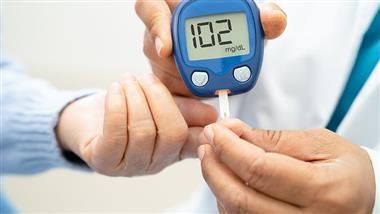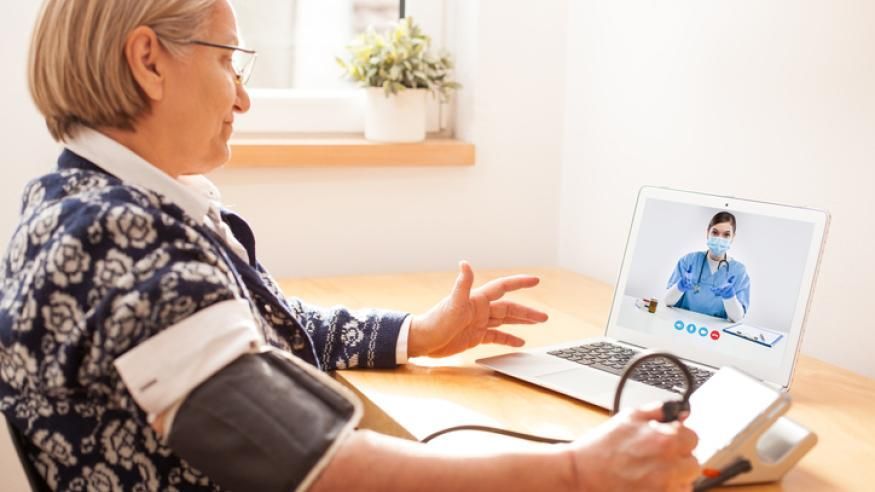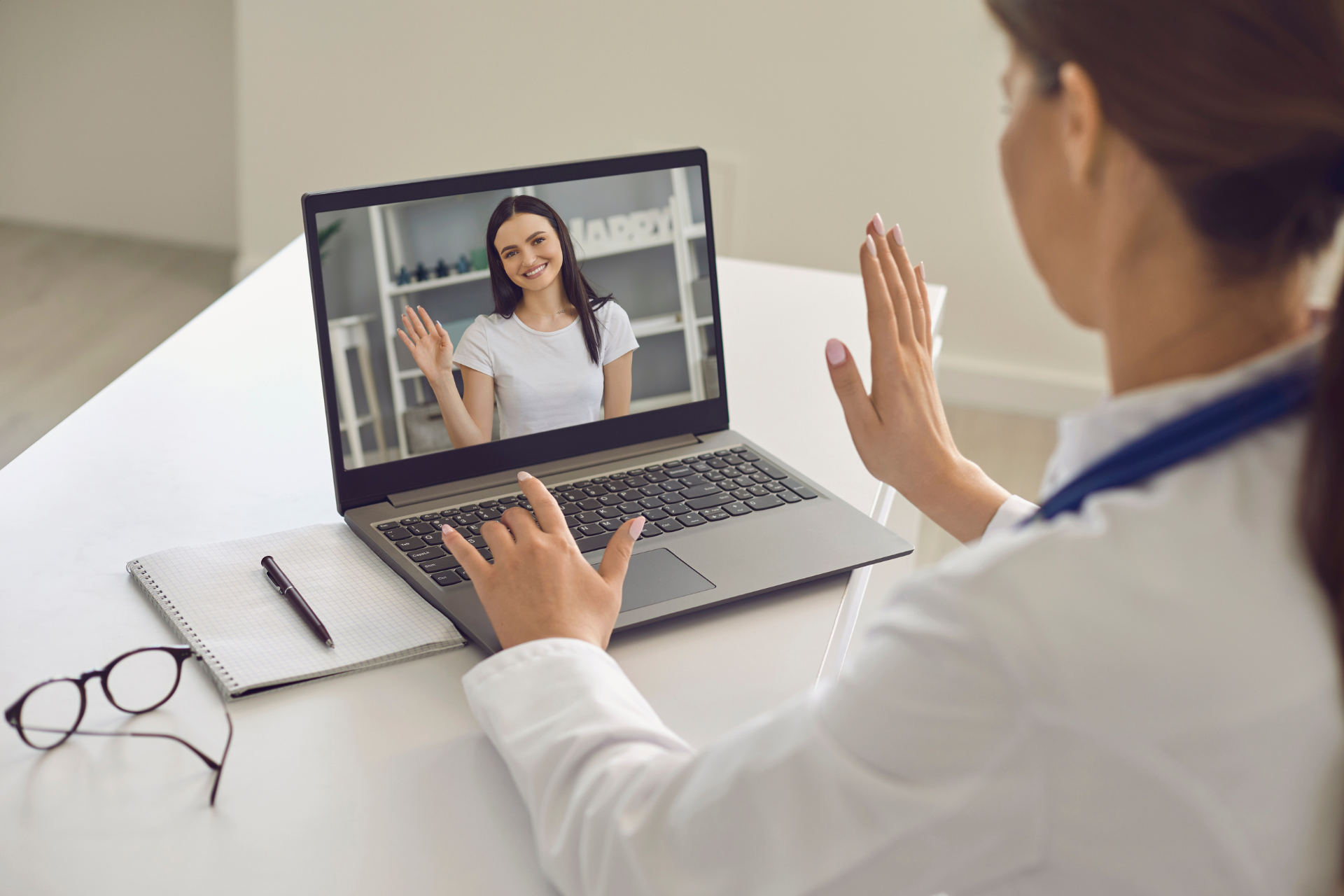How to Have a Healthy Retirement With Diabetes
Congratulations, you’ve made it to retirement. Hitting this milestone is both an exciting and nerve-wracking time for anyone, but for people living with diabetes, this new stage of life may hit home differently. Here are the top things to have on your checklist for a healthy retirement with diabetes.
There’s a lot retirement can offer, especially when it comes to improving your health, says Dr. Lauren Oshman, family physician and program director of the Michigan Collaborative on Type 2 Diabetes (MCT2D).
When Oshman thinks about retirement, she sees the positives of having more time to do all the fun things in life that you wanted to do but didn’t have time to. However, Oshman acknowledges that entering retirement can be a big adjustment for people with diabetes.
“To ensure that people with type 2 diabetes have a healthy and joyous retirement, they really need to think about putting their health first, both controlling their blood sugar and complications,” Oshman said.
If you’re coming to the close of your career (whatever that may be), here’s advice from experts and individuals with diabetes on what to plan for in advance so you’re ready to retire.
Do a medication inventory and have health insurance in place.
After you retire, your health insurance may change. Look at all of the medications you take for diabetes and think carefully about insurance coverage for them. Whatever type of coverage you choose, make sure it’s going to make medication affordable for you.
“We have various medications in our toolbox to choose from, but in making the best choice you have to consider kidney function, common side effects, and what’s best in terms of cost,” said Heidi Diez, clinical pharmacist and co-director of the MCT2D.
Medications for type 2 diabetes, especially newer drugs on the market like SGLT-2 inhibitors, can be costly without coverage. Diez says she’s even had some people who were covered by Medicare at different parts of the year receive a $400 per month bill for their diabetes medications. For many, this is not affordable.
For her patients who are planning to retire, Diez advises them to plan ahead by signing up for Medicare Part D (the part that provides drug coverage). She also recommends that people visit Medicare’s website to enter all of their medications, dosages, frequency, and zip code to see what insurance providers are available, what their monthly premiums will look like, and what their deductibles will be.
After entering your information into the site, you can decide from there if the options are affordable for you. If not, pharmacists like Diez work with people to find other affordable drugs in the same class.
“There are different things out there that people can use to reduce their medication costs,” Diez said. “The thing a lot of people don’t know is that there are patient assistance programs that drug manufacturers support and people on Medicare will still qualify for if they meet certain requirements.”
If your retirement coincides with becoming Medicare eligible, that may mean needing to change healthcare providers. It’s important to consider this ahead of time, especially since the shortage of primary care physicians means it could take up to six months to find a new one.
Keep your brain active to stay sharp.
Dr. Heather Ferris, an endocrinology professor at the University of Virginia School of Medicine, studies the effects of diabetes on the brain. People with type 2 diabetes are known to have an increased risk for cognitive decline and developing Alzheimer’s disease.
Ferris has found that for people with type 2 diabetes, keeping an active brain is key to a healthy retirement.
“It’s really easy when people retire to sit on the couch and not leave the house every day, in which case they are not challenging their mind and get lonely from not interacting with others,” Ferris said. “One of the things that I always ask people who are going to retire is: ‘What’s your new job going to be?’”
The answer can be so many things, Ferris said, but you need to have a plan in place ahead of time to make for a smooth entry into your retirement life.
For JoAnn Sperber, who has lived with type 2 diabetes for 15 years and is now one year into retirement, she agreed that it’s all about your outlook. Sperber has found ways to stay mentally active volunteering for a private organization and county advisory board on topics of interest to her.
“For people with diabetes, it’s important to see retirement as an opportunity to improve your life and health by sleeping better, eating better, exercising more, and pursuing your interests,” Sperber said. “Keep in mind though, retirement requires a major adjustment, and everyone should give themselves time to approach this major change in their own way.”
Adapt eating patterns to match your lifestyle.
“There are a lot of behavioral changes that people sometimes need help working through to understand how to fill their day, especially for those people who have historically used food as a coping mechanism or for boredom when they have more availability in their day to eat,” Oshman said.
“People have to really think about how their day with food might change when they’re not going into the office every day or working from home every day,” she added.
Sperber was used to daily planning after a career living, working, and commuting with diabetes. But when Sperber decided to retire after 50 years, a lot of those plans had to change.
“I usually brought my lunch as eating out with colleagues could prove challenging. Also, I packed a small snack of nuts or fruit, etc in case my blood sugar fell during the day or I became lightheaded,” Sperber said.
Oshman encourages people with diabetes who have reached retirement to think about what they’ve always wanted to do in terms of meal planning but did not have the time to during busy work weeks.
“You need to really think about how you are going to ensure your meals are healthy and adherent to a diabetes-friendly lifestyle,” she said. “A pitfall of people I’ve cared for are those who get lots of exercise making circles around the fridge when they are home all day and taking something out every time.”
Specifically, Oshman recommends lowering the consumption of over-processed foods – those with added sugar that have healthy, whole-grain ingredients removed – and adopting a lower carbohydrate diet. Hearing from her own patients, Oshman says she’s seen people who eat this way reduce their overall number of calories without getting hungry and have better control of their blood sugar.
Take the time to talk with your own healthcare team about what your ideal eating plan is going to look like and any changes you need to make.
Get adequate exercise.
Another major part of a diabetes-friendly lifestyle is exercise. And finally with the spare time, bringing more exercise into your life is a great way to use your retirement to get healthier.
This can be aerobic exercise, walking, jogging, weightlifting, or resistance training. Anything that gets your heart rate up, Oshman said, has incredible benefits for controlling your blood sugar. Even taking a short walk after a meal can drastically change the amount of insulin needed for people taking insulin.
Walks are something that Sperber is doing more of, but as much as she enjoys the fresh air outdoors and how it improves her physical and mental health, she will be the first to tell you that increasing her fitness levels in retirement has not been easy. That’s why she enlisted her husband as her walking partner to increase her motivation and improve his health at the same time.
Find a fitness buddy, friend, or physical trainer who can help motivate you to stick to your exercise goals.
“There is no right or wrong way to approach retirement; there is only the way that makes sense for you. I felt at sea in many ways at first but have gradually found the retirement approach that works for me,” Sperber said. “My advice: give yourself the gift of time as you make this transition and discover all that retirement can offer.”
By: Melissa Schenkman
Taken from: diaTribe Learn
Healthy Bites


















